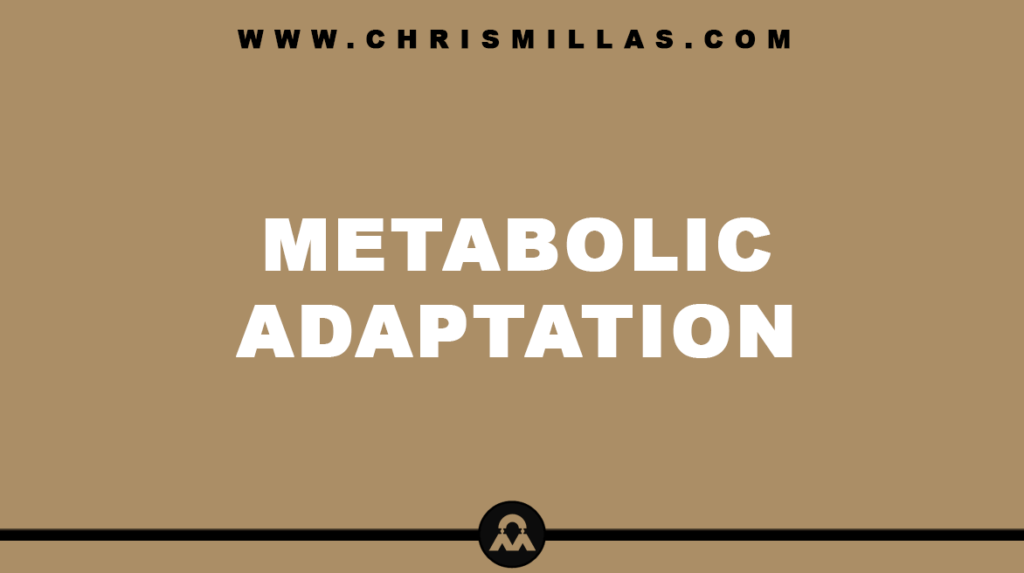In this article, we’ll unpack all you need to know about carb loading, defining exactly what it is, the science behind how it works, how to do it effectively and more.
What Is Carb Loading?
Carb loading, short for carbohydrate loading, is a strategy used to maximise the storage of glycogen (a form of energy storage) in the muscles and liver.
Endurance Athletes Versus Bodybuilders
When it comes to carb loading, while the process is the same for both endurance athletes and bodybuilders, the goal for each group is different.
Endurance athletes carb load to enhance their stamina for long-duration events. Bodybuilders carb load to enhance the perception of their physique, making it appear bigger, stronger and tighter.
How Does It Work?
Carb loading works by supersaturating the body’s glycogen stores, which are normally limited. When you exercise, your body uses these glycogen reserves for energy. Once these stores are depleted, fatigue sets in. By maximising glycogen stores, carb loading therefore allows your body to sustain high-intensity exercise for a longer period of time.
Carbohydrates are key to this process. When consumed, your body breaks them down into glucose, some of which is used for immediate energy and some of which is stored as glycogen. Thus, by increasing carbohydrate intake in the days leading up to an event, athletes aim to pack their muscles with as much glycogen as possible.
How To Effectively Do Carb Loading
Below are some general guidelines one should follow when carb loading.
- Start Early: Begin about one week before your event. This allows enough time for your body to build up glycogen stores.
- Decrease Training: In the days leading up to the event, taper your training. This decreases the amount of glycogen your body uses and allows stores to build up.
- Increase Carb Intake: Consume a diet that is ~70% carbohydrates, ~20% protein and ~10% fat. This may mean eating 4.5 to 5.5 grams of carbs per pound of body weight.
- Choose Quality Carbs: Opt for carbohydrates that are high in fiber and low in fat. These include pasta, bread, fruits and vegetables.
- Stay Hydrated: Drink plenty of fluids. Dehydration can make you feel fatigued and interfere with your body’s ability to store glycogen.
It is important to remember that everyone’s body reacts differently. Thus, you should tailor your carb load as to what works best for you.
Summary (TL;DR)
Carb loading is a strategy used to maximise the storage of glycogen in the muscles and liver. It works by by maximising glycogen stores within muscles.
Endurance athletes use this method to enhance their stamina. Bodybuilders use this method to enhance the their physique.
Guidelines for effectively carb loading include beginning roughly a week before your respective event, decreasing training, increasing carb intake to around 70-75% of one’s total diet, choosing high quality carbs and staying hydrated.







